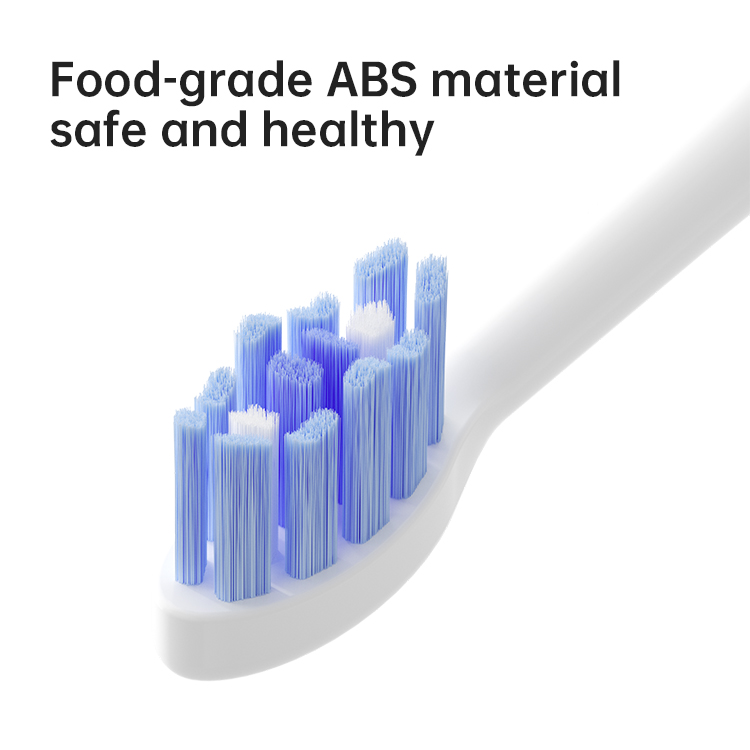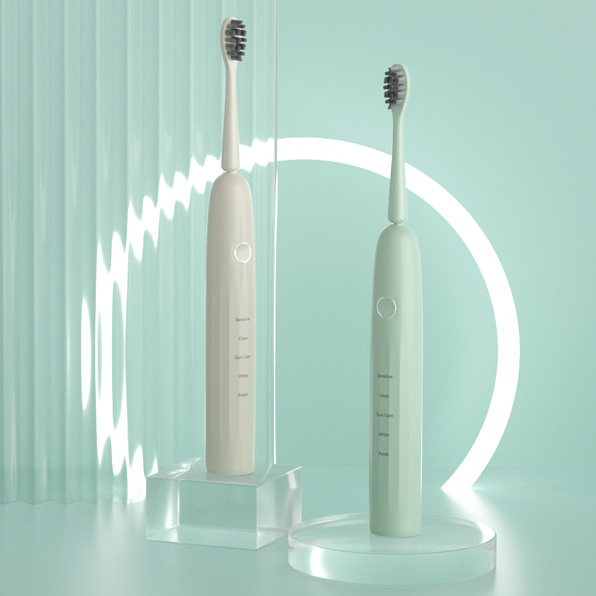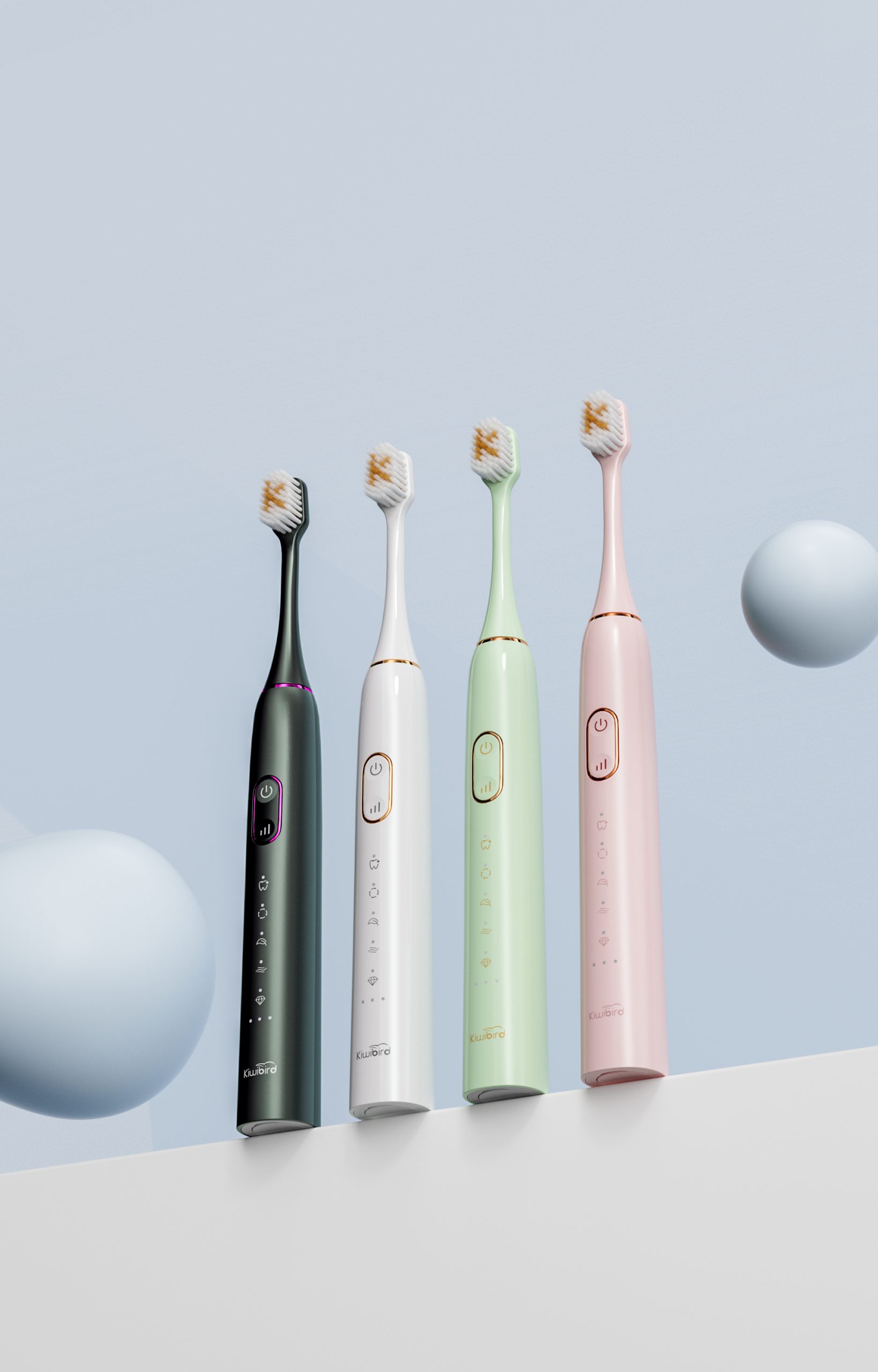When split bristles occur, users often only notice reduced cleaning performance, overlooking that prolonged use of frayed filaments can concentrate stress on the enamel surface and initiate enamel cracks. As a B2B manufacturer, understanding and mitigating this hazard is key to helping channel partners offer safer oral‐care solutions.
First, frayed bristle tips change how filaments engage the tooth:
Thus, bristle integrity directly influences enamel stress distribution.
Next, consider how enamel cracks develop at the microscopic level:
Combined physical and chemical wear prime enamel for damage.
Moreover, user behavior can magnify risk:
Educating users on proper technique and timely replacement is therefore critical. Company web: https://www.powsmart.com/product/electric-toothbrush/
To prevent split bristles and subsequent enamel cracks, manufacturers can:
Combining robust materials with precision processing enhances safety.
In addition, implement comprehensive QC and proactive replacement reminders:
Smart monitoring ensures heads are replaced before becoming a hazard.
Finally, equip partners with the knowledge they need:
By arming channel partners with these resources, you can collectively elevate oral‐care safety.
Conclusion
Though seemingly minor, split bristles can accelerate the formation of enamel cracks and threaten long-term dental health. B2B manufacturers should address this risk across six dimensions—material selection, process enhancements, QC monitoring, user alerts, and channel education—to deliver brush heads that are both highly effective and inherently safe. Contact us to help protect every smile with advanced bristle technologies!
.jpg)
-2-1024x576.png)
Indicator Failure Leading Periodontal Pocket Deepening – Undetected?

Does Continuous Bluetooth Connectivity Significantly Affect Overall Battery Life of Electric Toothbrushes?

Why Choose a Quiet Water Flosser Supplier Sourced from a Cordless Water Flosser Factory?
Pump Seizure Plus Gingival Abrasion – Critical?
Best Toothbrush for Doctors | Clinical Oral Care

Electric Toothbrush for Family Diwali Gift: Seasonal OEM Solutions
Electric Toothbrush Bulk for Wellness Programs | B2B Oral Care Solutions

How can the sonic whitening mode safely and effectively remove surface stains?

Can a Wireless Charging Toothbrush OEM Produce FDA Approved Electric Toothbrush Models Efficiently?
-2-scaled.png)
Small Business – Health & Household Oral Care Products
Charging Corrosion with Mucosal Lesions – Fatal?

What’s Driving the Oral Care Category Now?
Does Warranty Cover Motor Overheating in Electric Toothbrushes?
.jpg)
Did you know a magnetic-levitation sonic motor can deliver 31,000 powerful cleaning strokes per minute?
Frequent Allergy Reactions to Whitening Kits: Is Cold-Light Technology to Blame?
.jpg)
Proven Strategies to Unlock Premium Water Flosser Brands Positioning

Private Label Whitening Gel

electric toothbrush heads Deep Clean

Electric toothbrush heads Charcoal Infused-Diamond

electric toothbrush heads Ultra Soft

electric toothbrush heads Charcoal Infuse-Round

electric toothbrush heads Regular Clean

Customization Teeth Whitening Gel
.jpg)
Florida Electric Toothbrush – Powsmart PTR-C8
whstapp
whstapp
National Toll-Free Service Hotline
+86 755 86238638